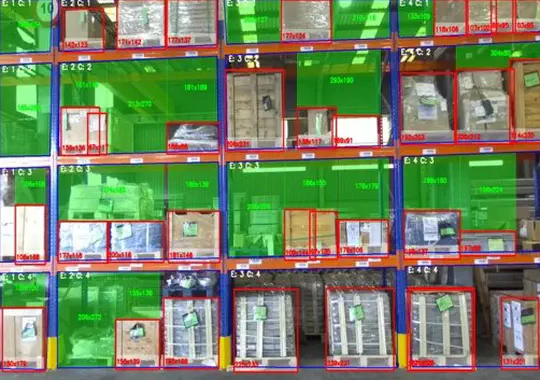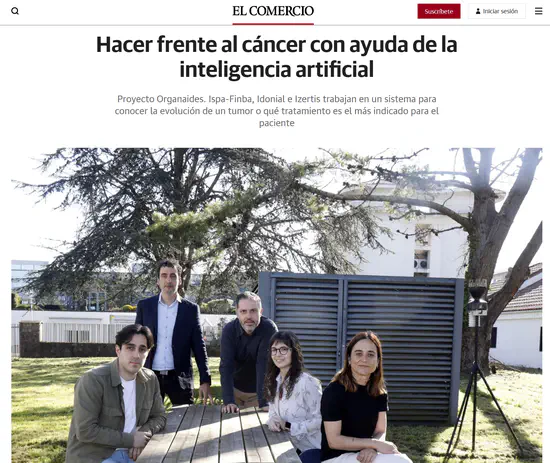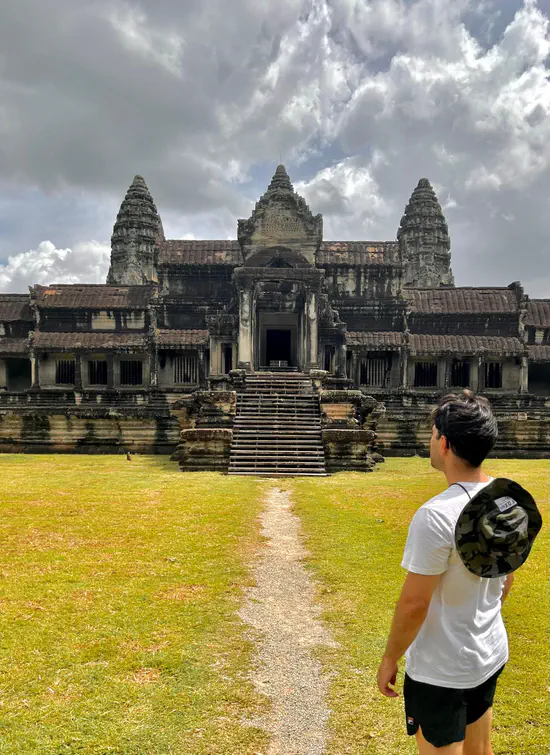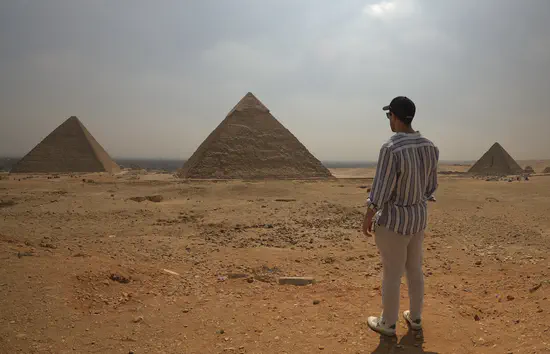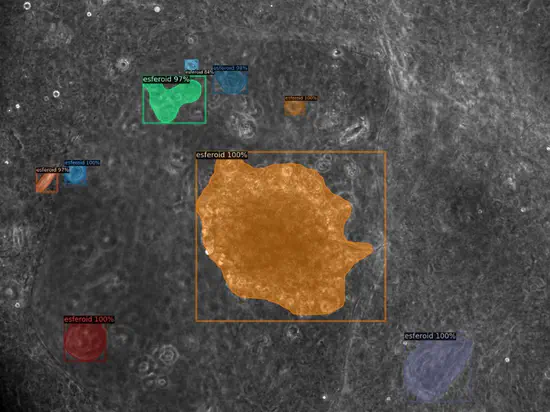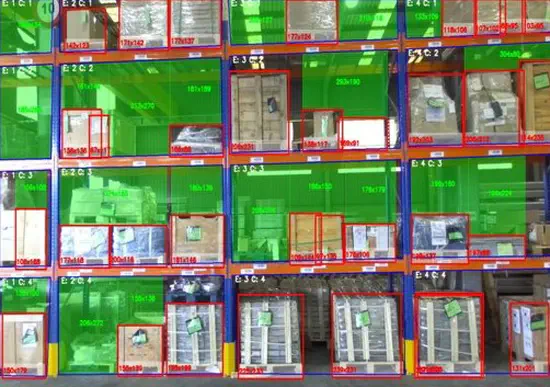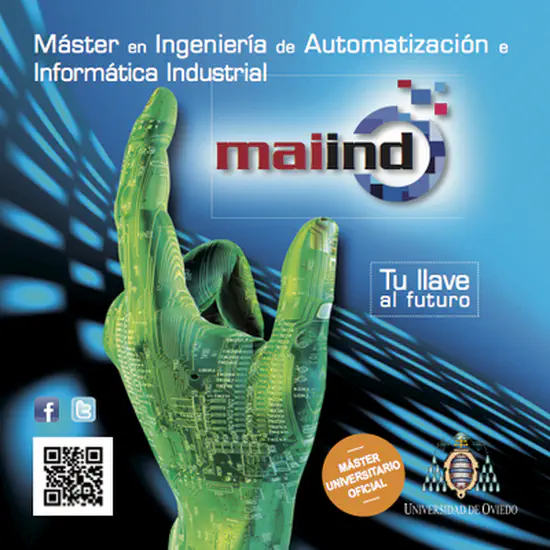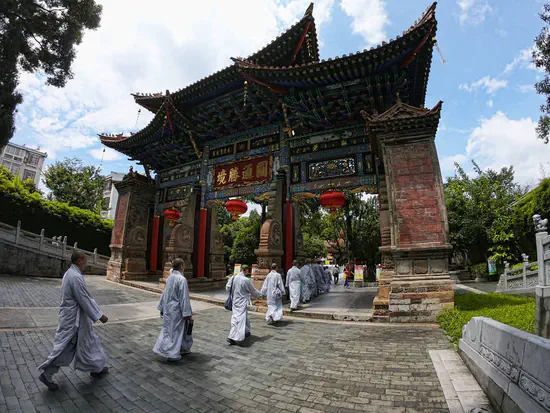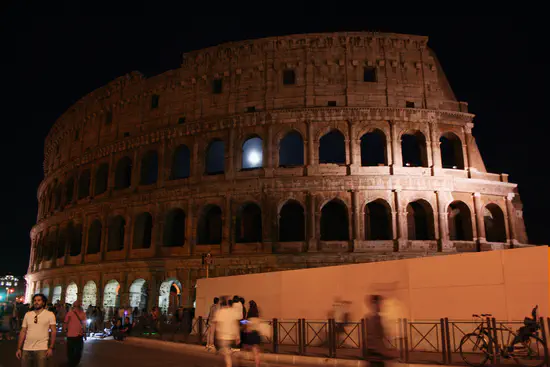Welcome to my website. It is mainly focused on my work and studies, but you will also find things about my hobbies. I am currently working at Izertis, and I am also working on a PhD thesis. My research interests include artificial intelligence and computer vision. Currently my thesis is focused on X-ray image analysis for the detection and longitudinal monitoring of osteoarthritis..
Interests
◽Artificial Intelligence ◽Computer Vision ◽Deep Learning ◽HealthCare ◽Robotics
Skills
⭐: 100%-75% 👍: 74%-25% ✍️: 24%-0%
99.99%
74%
50%
99.99%
74%
50%
Experience
Currently researcher and team manager in R+D projects in the field of artificial intelligence. Some projects finished and under development:
- Algorithms for the detection and monitoring of cancer cells.
- System for monitoring the progress of photovoltaic plants with drone image.
- System for monitoring the vegetative growth of kiwifruit plantations.
- Algorithms for detection of Parkinson’s disease with computer vision, in collaboration with the Hospital Virgen del Rocio, Seville (Abstract published)
Education
Accomplishments
Featured Publications
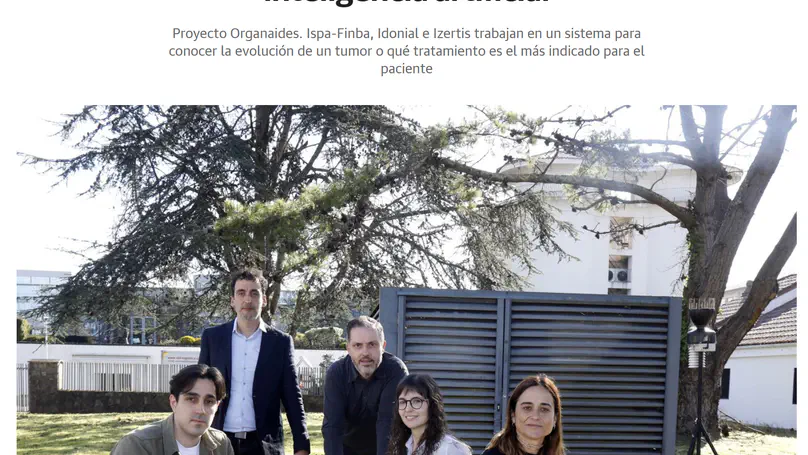
https://www.elcomercio.es/tecnologia/asturias-innova/frente-cancer-ayuda-inteligencia-artificial-20240420230240-nt.html Can artificial intelligence contribute to cancer research? It can. In fact, “we are already seeing its potential”. Its application “is going to help us a lot to personalise medicine for cancer patients,” says René Rodríguez, principal investigator of the Sarcomas and Experimental Therapies group at Ispa-Finba.

Standard 10-s video recordings of 419 hands performing finger tapping (103 PD patients), collected as part of the routine UPDRS-III, were analyzed. Of these videos, 108 corresponded to evaluations in the “on” and “off” dopaminergic medication (from 66 patients), recorded in the same session. Videos had an associated severity rating from a trained clinician, following the rating criteria of UPDRS item 23 (range 0-4). The MediaPipe Deep Learning Library [1] was used to extract key-point coordinates of the fingers and arms for each frame. Three feature extraction methods were tested, (i) conventional kinematic feature design to capture key characteristics of item 23 as described in the UPDRS manual, (ii) massive higher-order feature extraction based on the HCTSA library [2], and (iii) a deep learning neural network based on a Multi-Layer Perceptron (MLP) classifier for time series and applied to perform supervised statistical learning against reference clinical diagnosis. An ordinal classifier, based on an extra-tree classifier, was trained and evaluated using 100 random splits with a stratification strategy. Furthermore, an extra-tree classifier was trained in the subset of ON-OFF measures in the same patient, to detect changes in the UPDRS item 23 score after DRT. Classification performance is reported using a balanced accuracy score.
Recent Publications
Projects
computer vision, for the study of the effectiveness of different pharmacological treatments.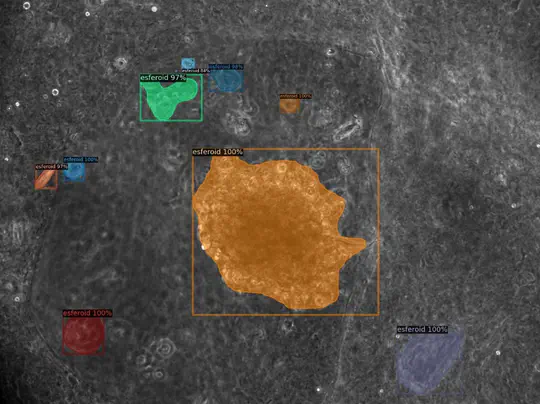
computer vision technology. This application allows the tracking of packages, as well as counting and measuring the gaps in the shelves.drone air images and computer vision technology, of the construction progress of photovoltaic power plants.Computer Vision to detect Parkinson’s disease, and to evaluate the impact of the medication on the patient.‘A broader horizon allows us to see beyond our own limits.’
Indira Gandhi

